In the United States, Easter is often celebrated with bunnies, yellow chick-shaped marshmallows and candy egg scavenger hunts. That is not the case in most other countries. Instead, the religious services and practices are emphasized. Here is how other countries around the world celebrate the Easter holiday as told by a few of Whitworth’s international students.
Ethiopian traditions
The people in Ethiopia participate in long fasting periods, feasts and celebrations that take place within people’s homes. Easter is an important festival among all Ethiopian Christians as it is considered more significant than Christmas, according to Roots Ethiopia, a website that informs its readers about Ethiopian culture and community.
They fast for 55 days, not eating meat or dairy products. People who follow the fasting practice strictly will not eat from midnight to 3 p.m., sophomore Ethiopian student Mesfin Symons said.
“Personally the first time I remember doing it was when I was 10 years old. I used to get really hungry throughout the day and physically it is draining, however I love doing it because it reminded of the sacrifices Jesus made for all of us,” Symons said. “I believe it is his sacrifice of himself that is the reason why I’m here and the reason I live life. Thus, to sacrifice such small part of my diet, made me feel like I was a part of something bigger.”
For members of the Ethiopian Orthodox Churches, Fasika marks the last day of the fast period of Lent. On Saturday night, followers attend a church vigil that lasts until 3 a.m. When they return home, they break their fasting from meat and dairy products, according to Roots Ethiopia.
“Everyone comes to my house and we have 50 variations of food,” sophomore Ethiopian student Tersa Almaw said. “You walk into the room and you can smell the coffee and the beans roasting. So many people are talking, laughing, and you can’t hear anything. It’s beautiful to have everyone there because people live so far from each other.”
Traditions from Zimbabwe
In Zimbabwe Easter is a time for families and friends to get together. Relatives travel from remote areas to join in the festivities and express good wishes to their families. Many people travel away from the cities and into the villages from Friday to Easter Sunday to connect with family members.
“On Sunday we all go to church in the village where my parents grew up,” sophomore Zimbabwean student Mutsa Chiromo said. “After church we help my grandmother with her harvesting in the field.”
In larger cities, the Easter celebrations include many traditions seen throughout the U.S. such as Easter egg hunts.
“We don’t have the bunny or the eggs but it’s found more in the city because it’s more westernized there,” Chiromo said. “That’s why people try and get away from the city to go to the villages where they appreciate the true meaning of Easter and give gratitude rather than stay and town and give Easter eggs.”
Thailand Celebrations
Easter is not widely celebrated in Thailand. That is because approximately 95 percent of the population in Thailand is Buddhist, with the next largest religious group of people being Muslims, and less than 1 percent being Christians. Those who do celebrate Easter have similar traditions to practices in the U.S. regarding church services and family gatherings.
Catholic Thais usually begin the Easter celebration with Lent and Ash Wednesday, going to church from Thursday to Sunday. The church ceremonies consist of doing the Station of the Cross, which is a reenactment of the different phases of when Jesus died and resurrected.
“We usually eat at Bonchon, which is my favorite chicken wings restaurant, and we would just feast on chicken,” sophomore Thai student Gezz Rapahel said.
Some families adopt their own traditions to make their celebrations special and unique.
“During Easter my family would always take a picture in front of the Easter candle for five years,” Raphael said. “When my brother wasn’t there, we would photoshop him in there, kind of like a Christmas card but for Easter.”
Russian traditions
In Russia, there are similar food traditions that are usual in the U.S. Russians celebrate Easter with decorated eggs and special foods and customs. These ritual food includes Easter cakes, kulich and painted eggs, according to About Eastern Europe Travel, a website that educates their audience about several cultural practices in Europe.
“The kulich cakes are usually made on Thursday because they are really hard to make and are important to the celebration because it’s the centerpiece of the table,” junior Russian student Kateryna Kostenkova said.
Guatemalan traditions
One of Central America’s most vibrant and famous celebrations is Easter, according to the National Geographic Expeditions website. Guatemala is known for its large parades and gatherings in the cities.
“We have processions that take place through Holy Week,” freshman Guatemalan student Alejandra Gomez said. “Every church has its own procession that goes through the whole town. They play songs that are gloomy and set the tone of ceremony of Jesus. Most towns have carpets in the streets made of sawdust, fruit, vegetables and flowers with designs that all mean something which come from indigenous cultures.”
Traditions from Paraguay
In Paraguay, small chocolate eggs and church services are the staples of the holiday.
“Easter is really secondary for us because the main holiday is Holy Week, Semana Santa,” freshman Paraguayan student Roland Báez said. “For Easter we only go to church in the morning. We don’t go out and have food with the family. We get the small chocolate eggs and bring them to school to give them to each of our friends.”
Contact Jordan Coleman at jcoleman20@my.whitworth.edu

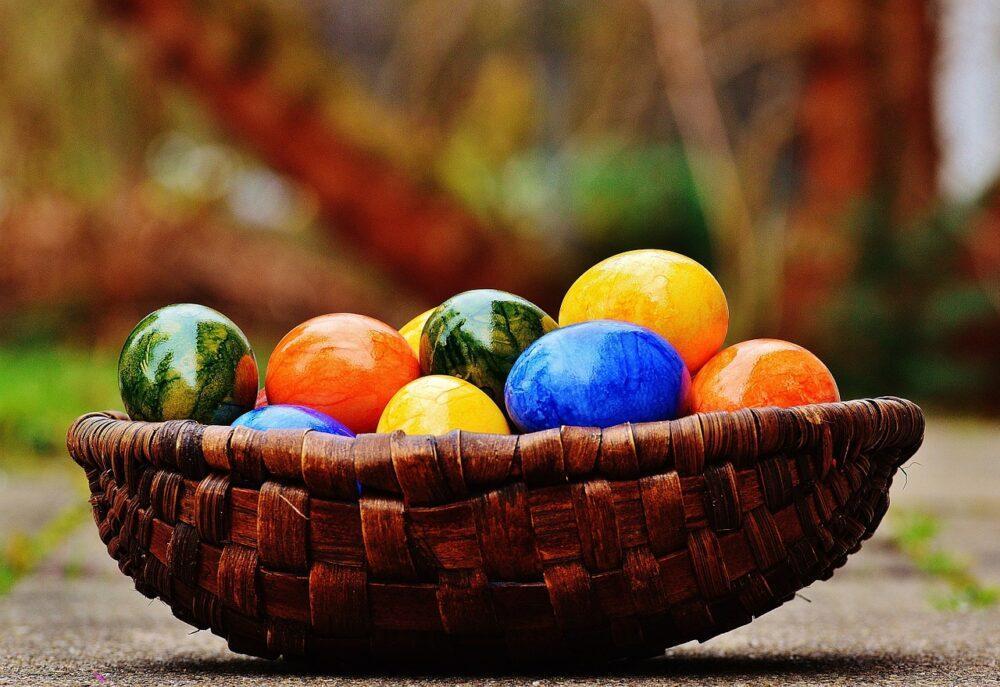

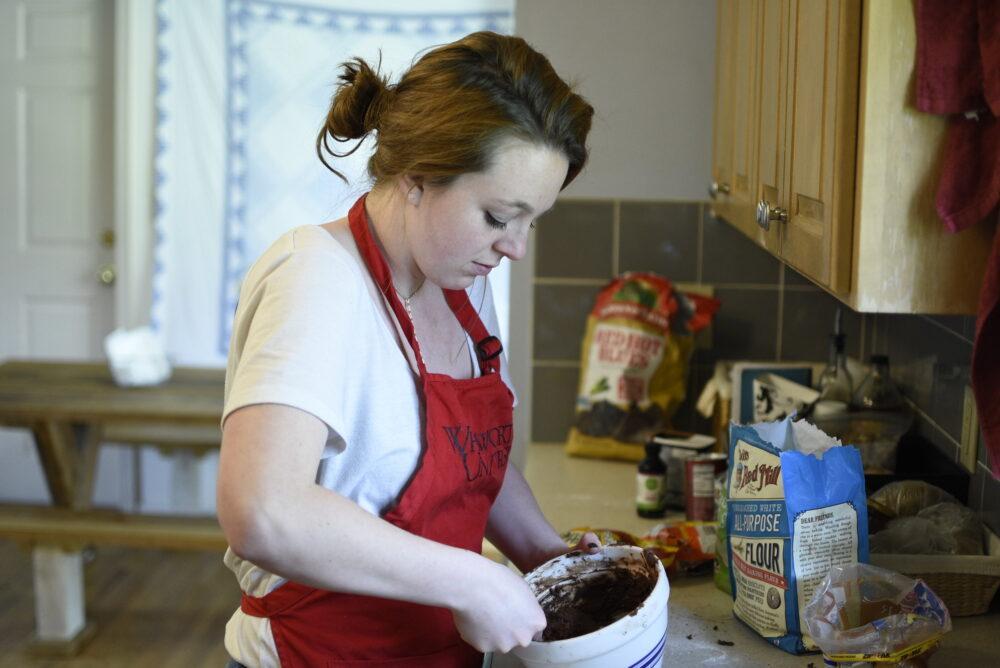
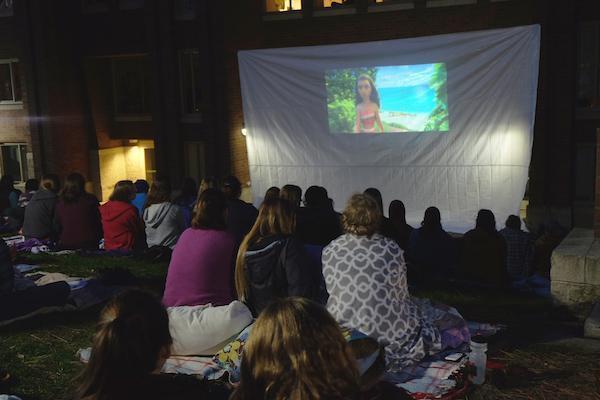
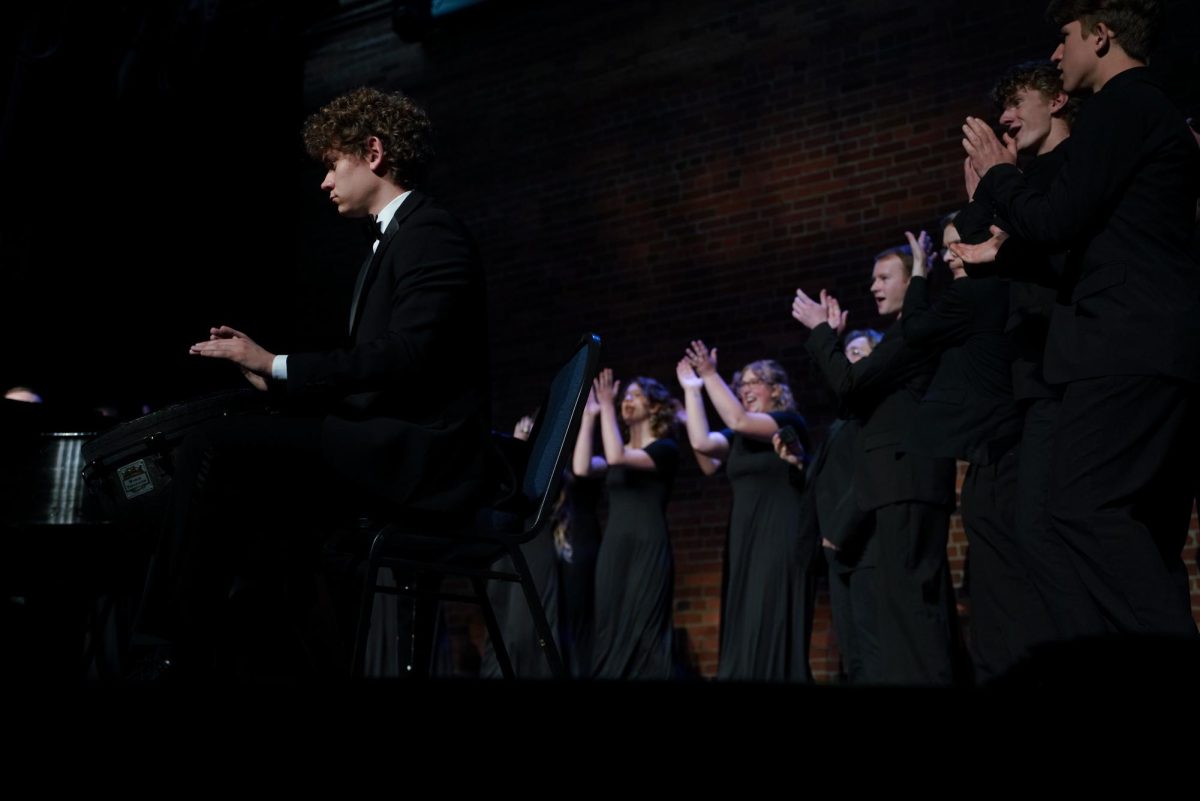
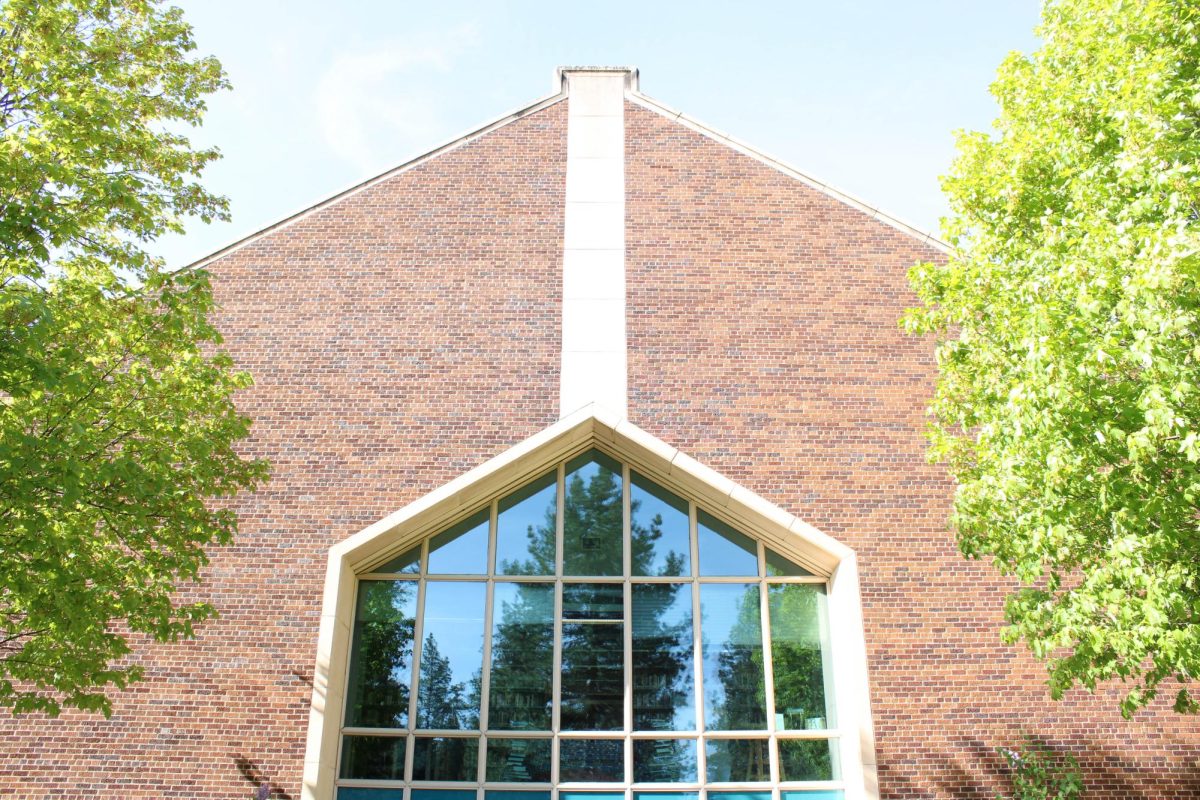
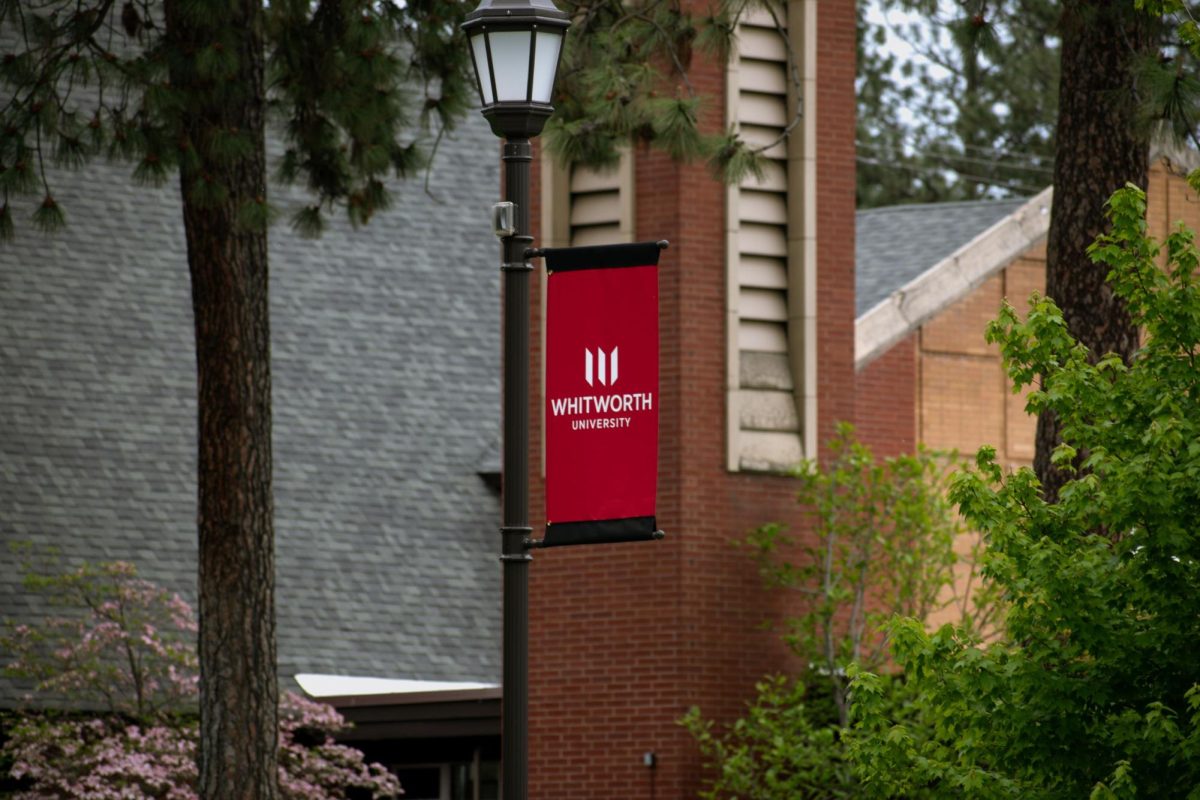
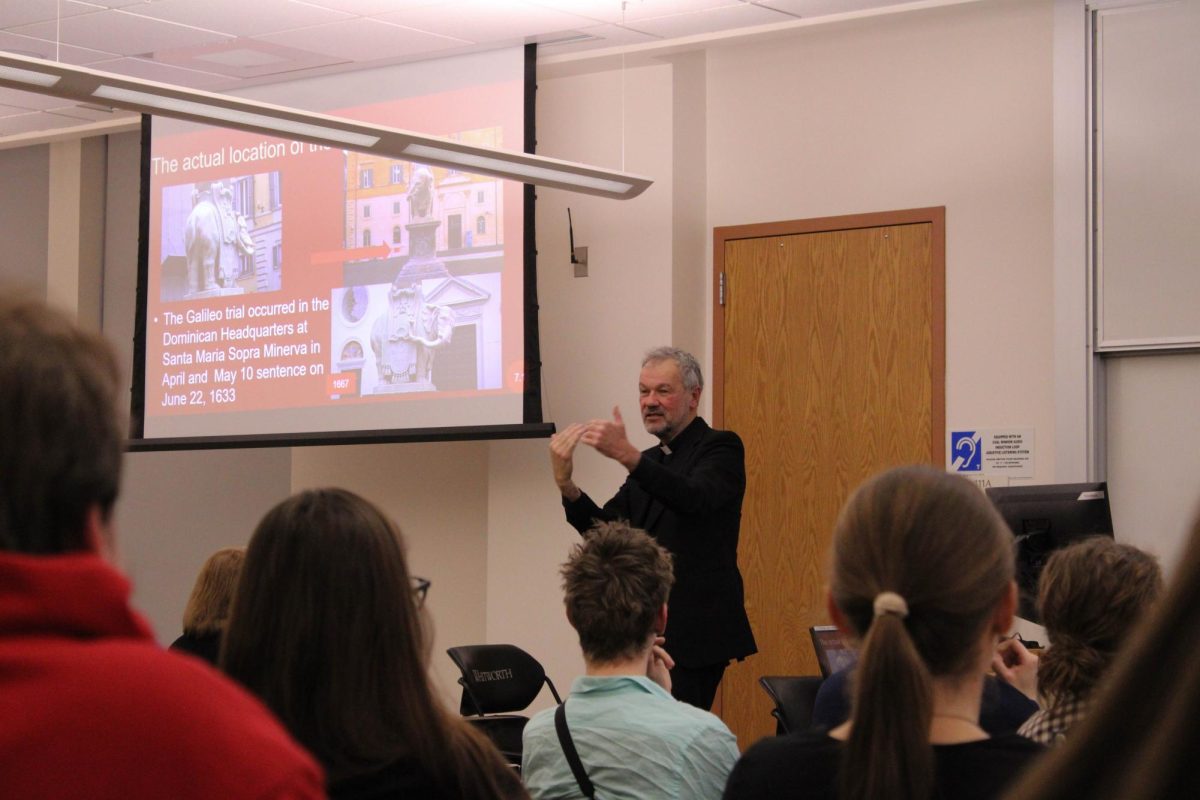
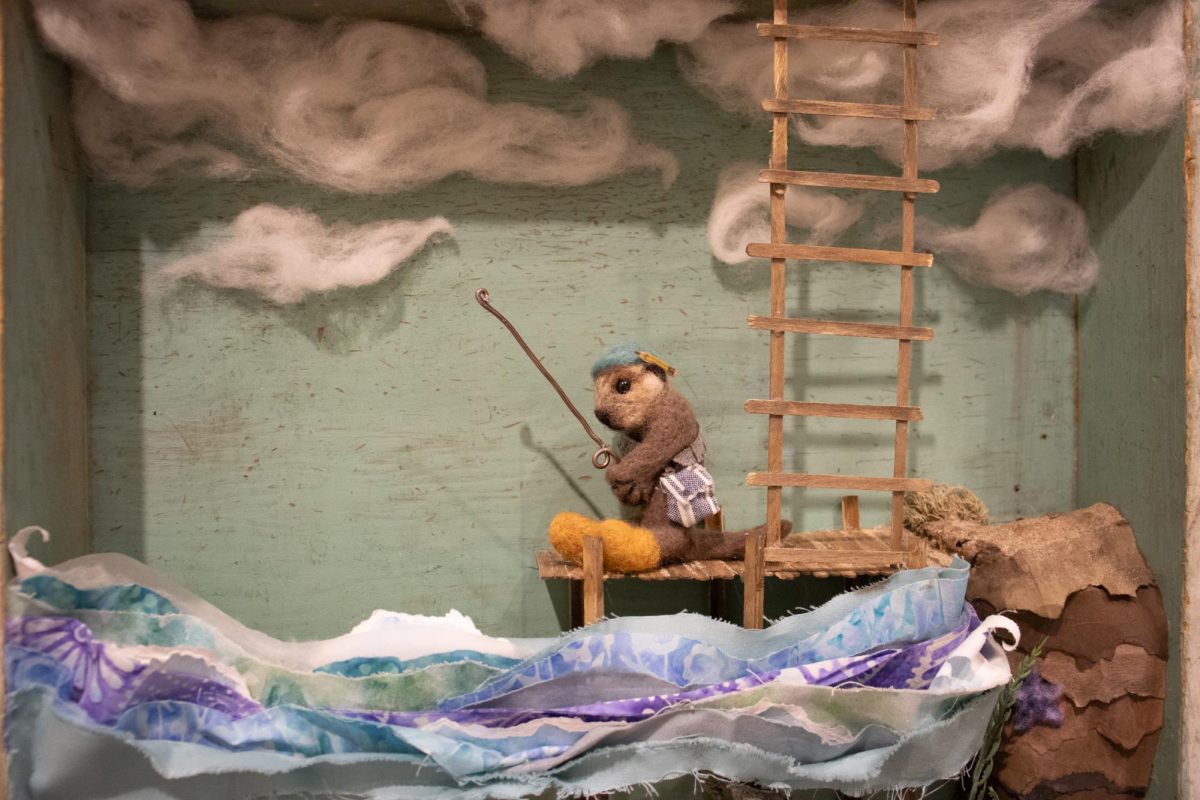
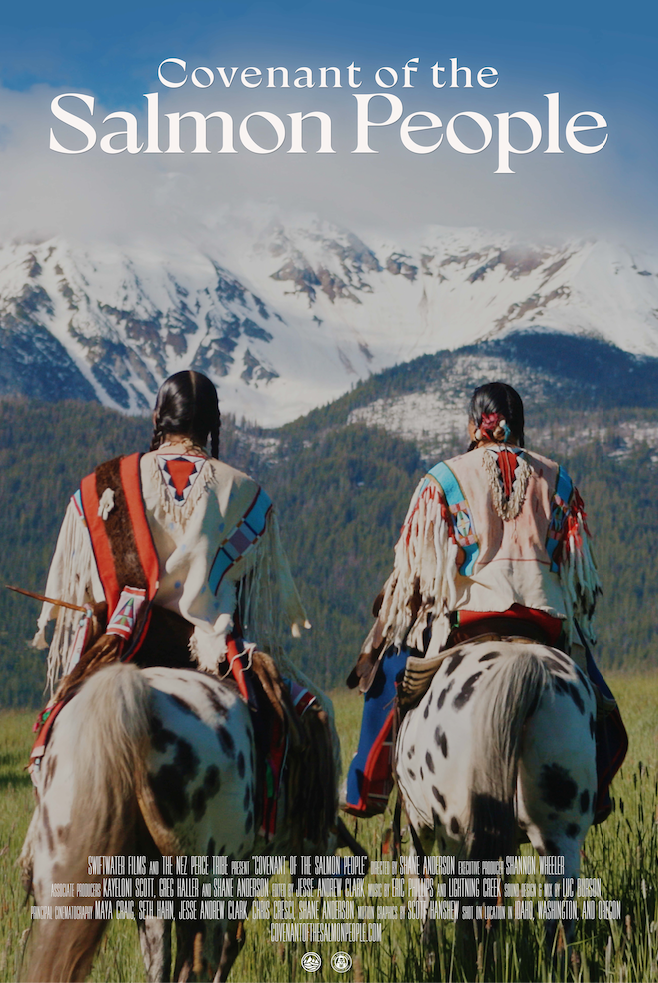
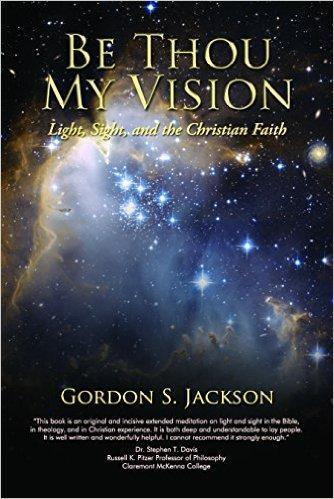
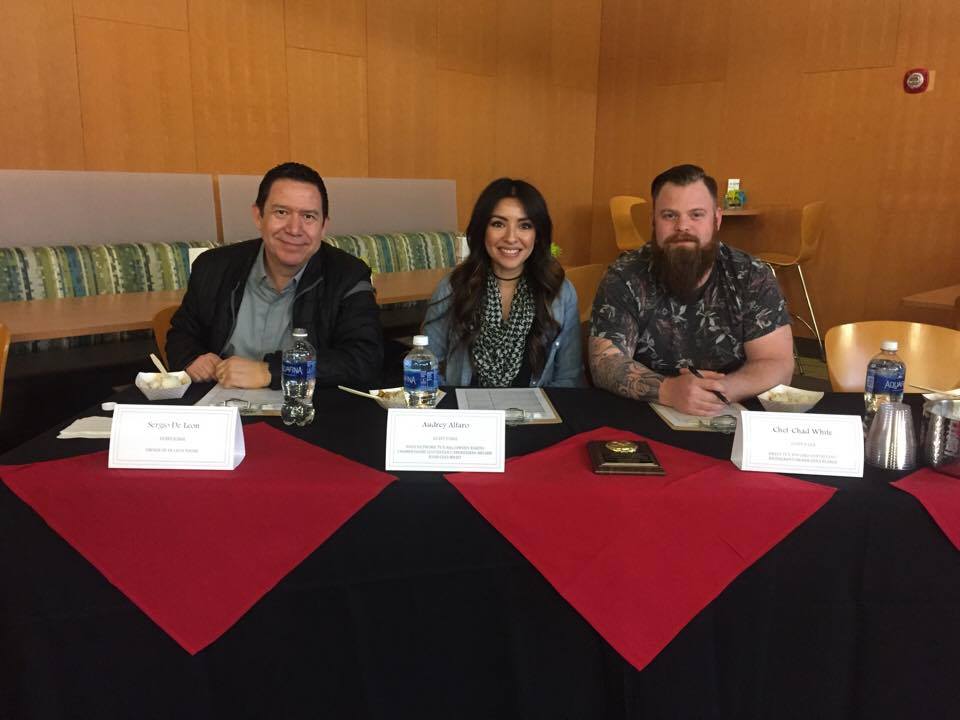
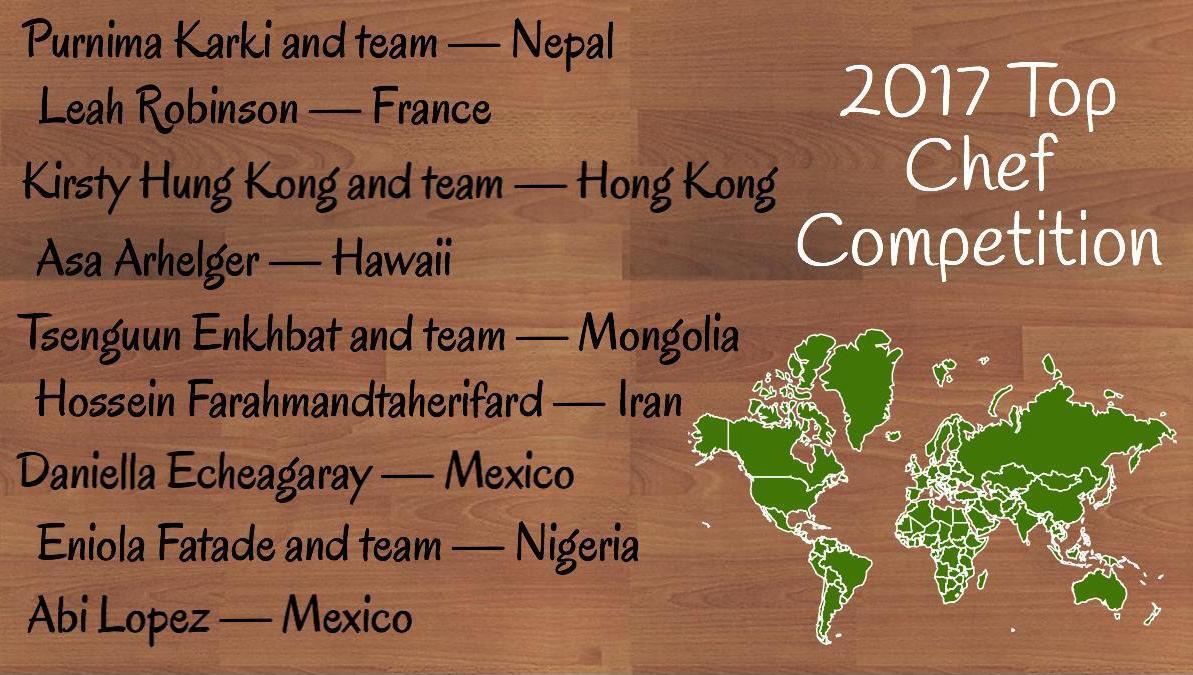
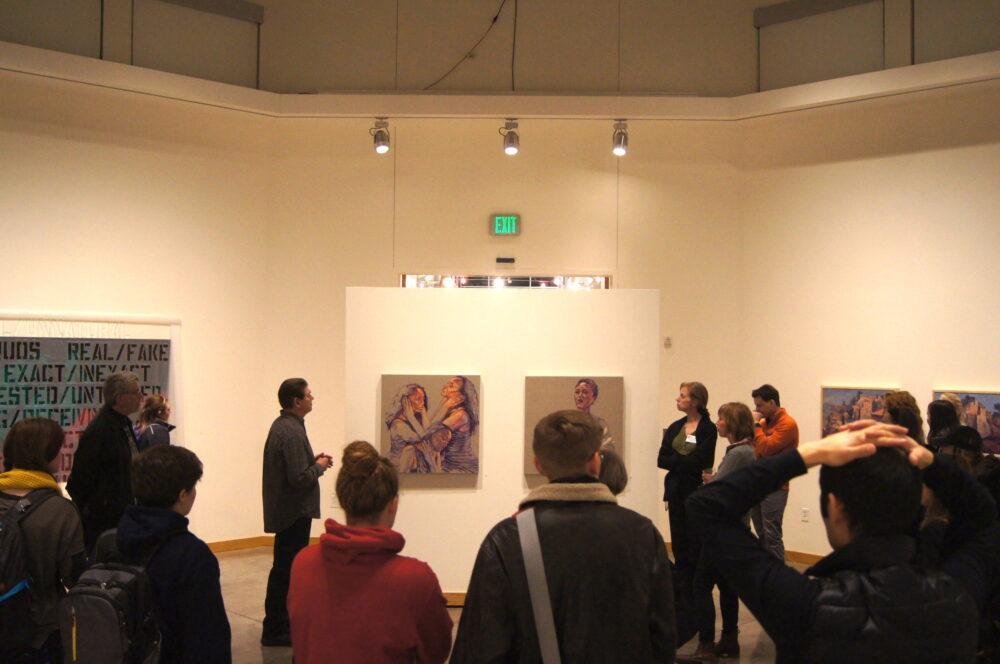
 Spokane?
Spokane?